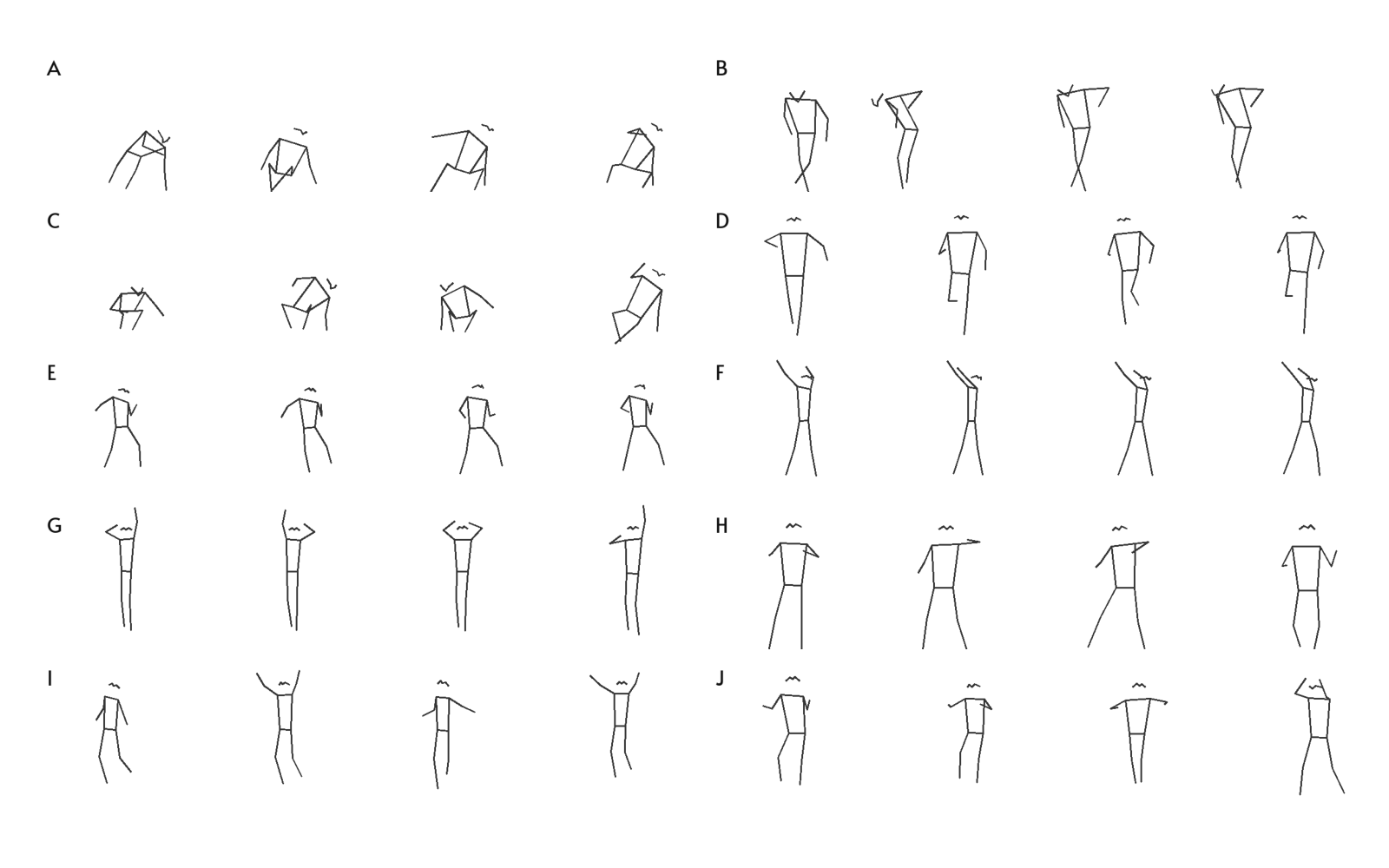Towards Tokenized Human Dynamics Representation
For human action understanding, a popular research direction is to analyze short video clips with unambiguous semantic content, such as jumping and drinking. However, methods for understanding short semantic actions cannot be directly translated to long human dynamics such as dancing, where it becomes challenging even to label the human movements semantically. Meanwhile, the natural language processing (NLP) community has made progress in solving a similar challenge of annotation scarcity by large-scale pre-training, which improves several downstream tasks with one model. In this work, we study how to segment and cluster videos into recurring temporal patterns in a self-supervised way, namely acton discovery, the main roadblock towards video tokenization. We propose a two-stage framework that first obtains a frame-wise representation by contrasting two augmented views of video frames conditioned on their temporal context. The frame-wise representations across a collection of videos are then clustered by K-means. Actons are then automatically extracted by forming a continuous motion sequence from frames within the same cluster. We evaluate the frame-wise representation learning step by Kendall's Tau and the lexicon building step by normalized mutual information and language entropy. We also study three applications of this tokenization: genre classification, action segmentation, and action composition. On the AIST++ and PKU-MMD datasets, actons bring significant performance improvements compared to several baselines.
PDF Abstract



 Kinetics
Kinetics
 PKU-MMD
PKU-MMD